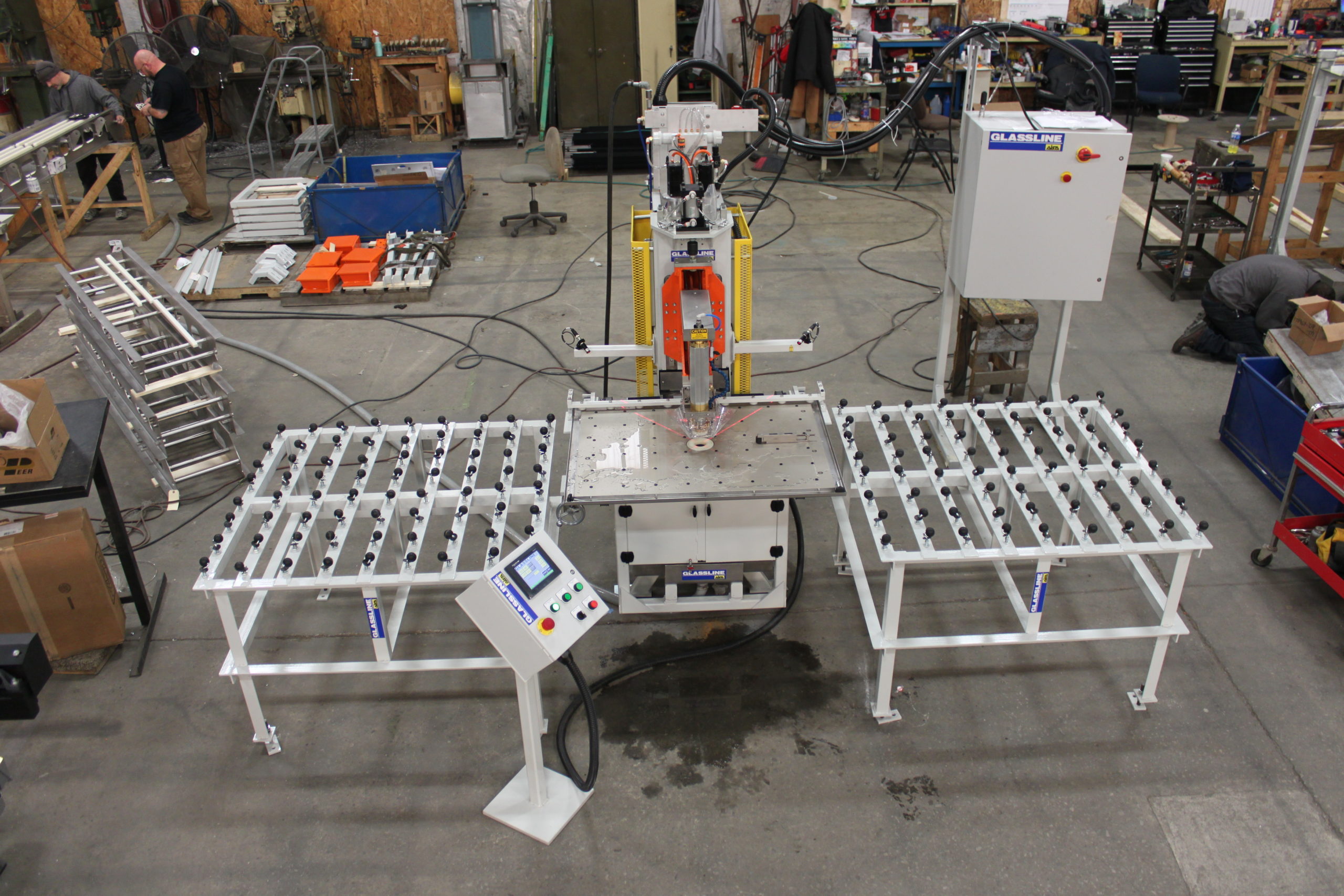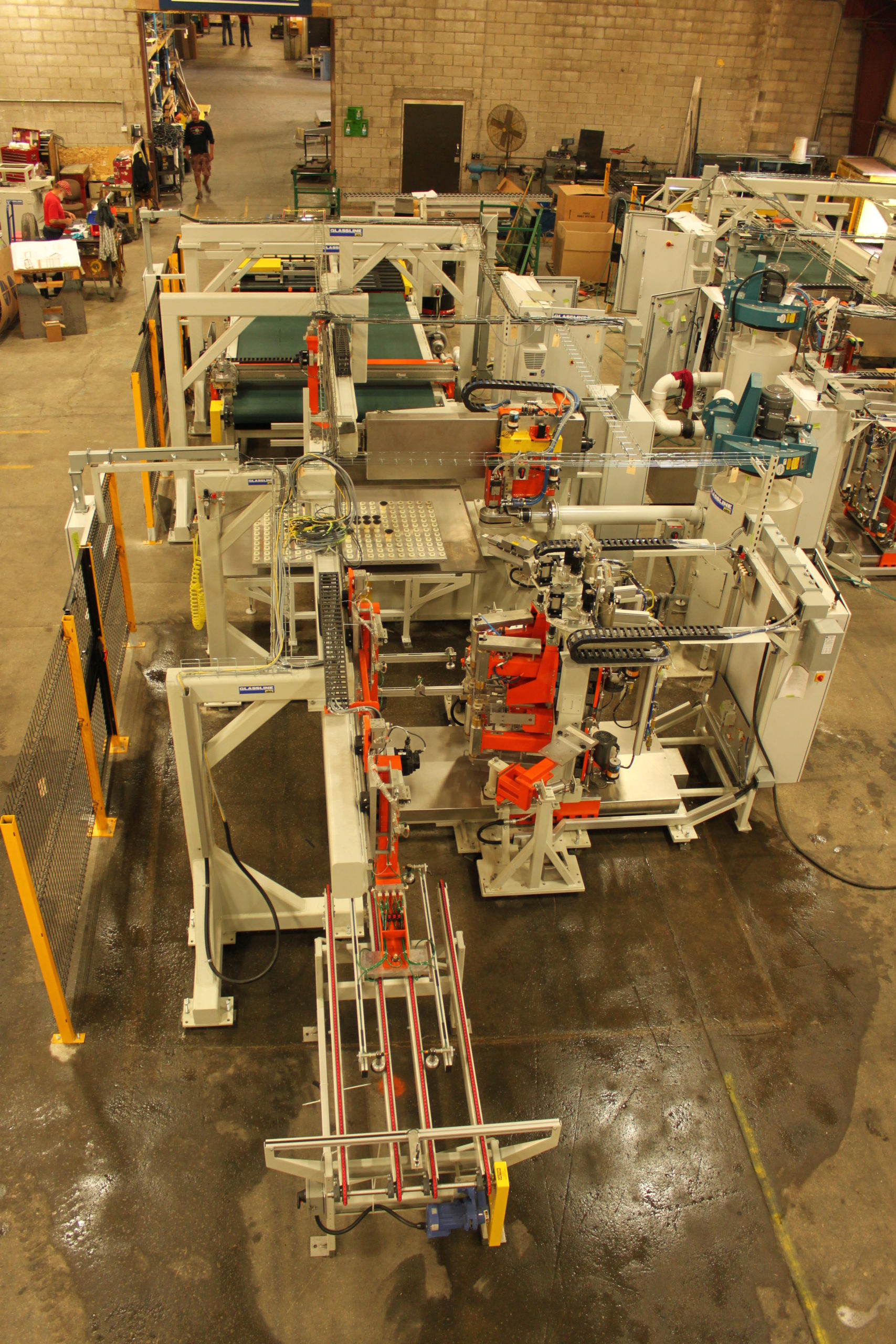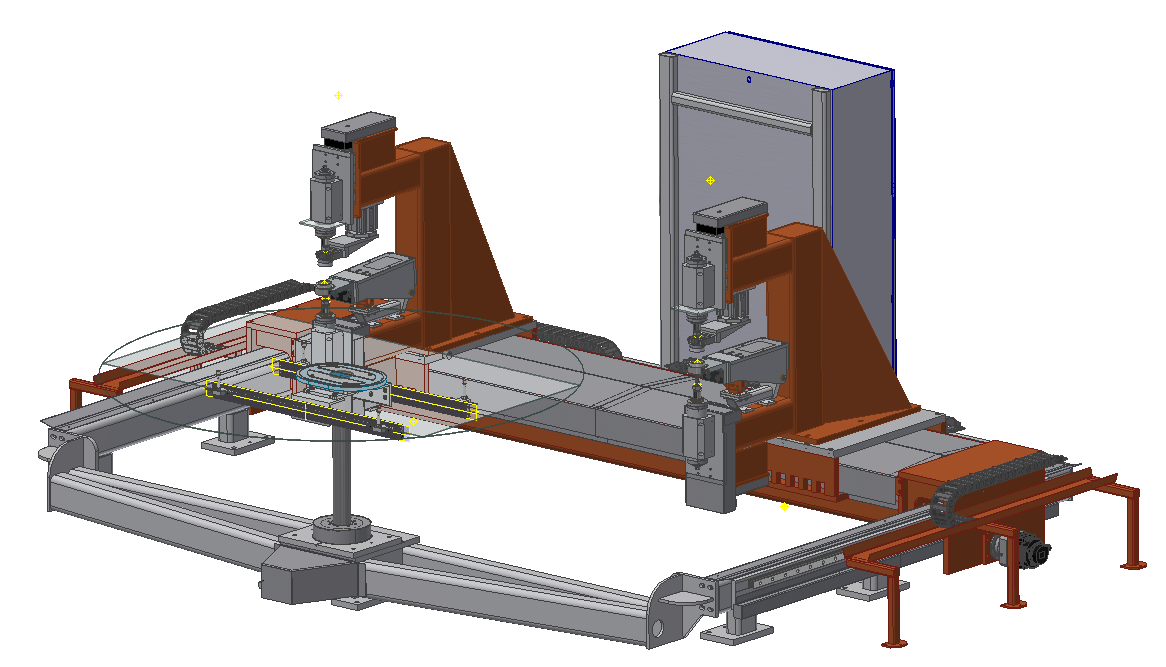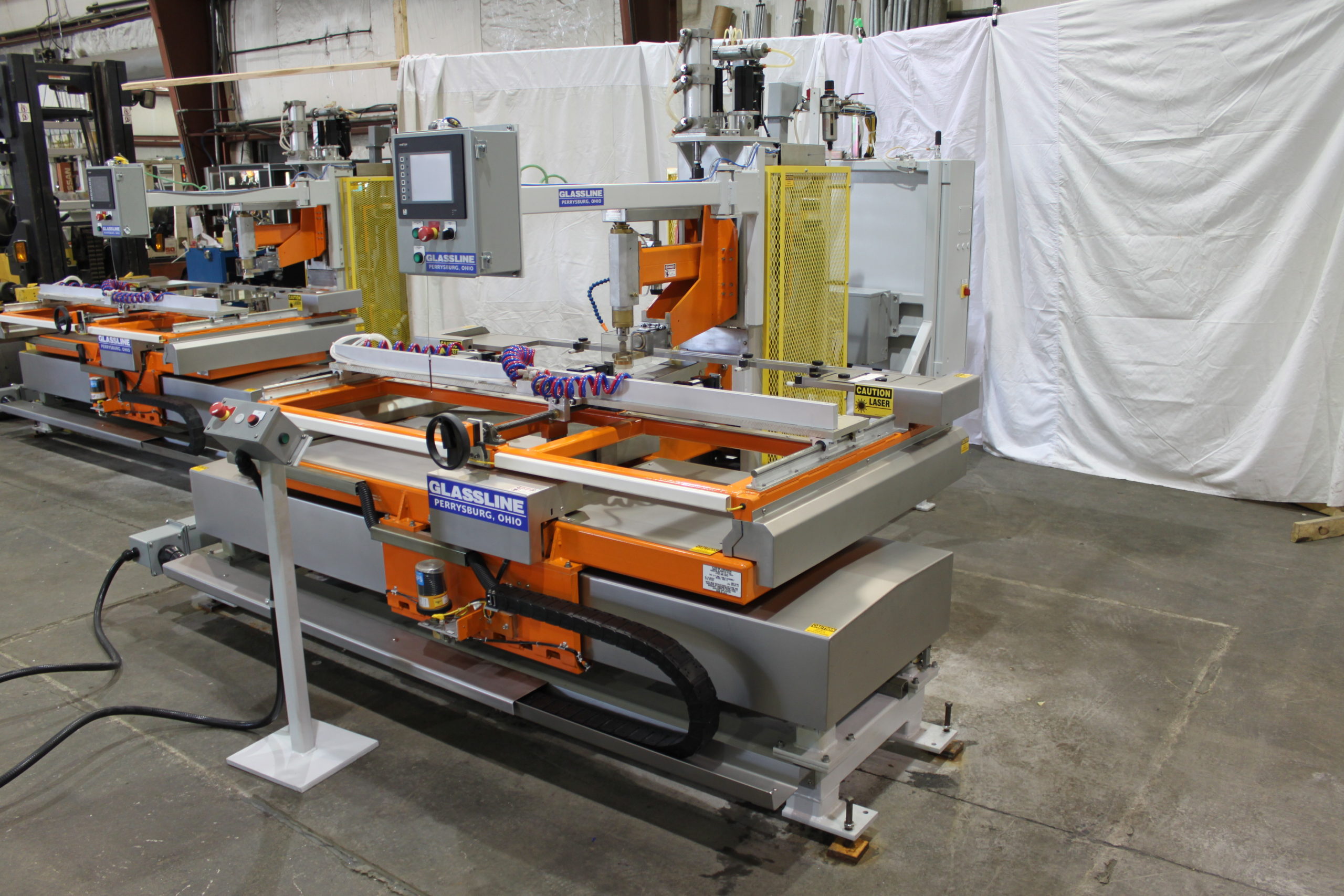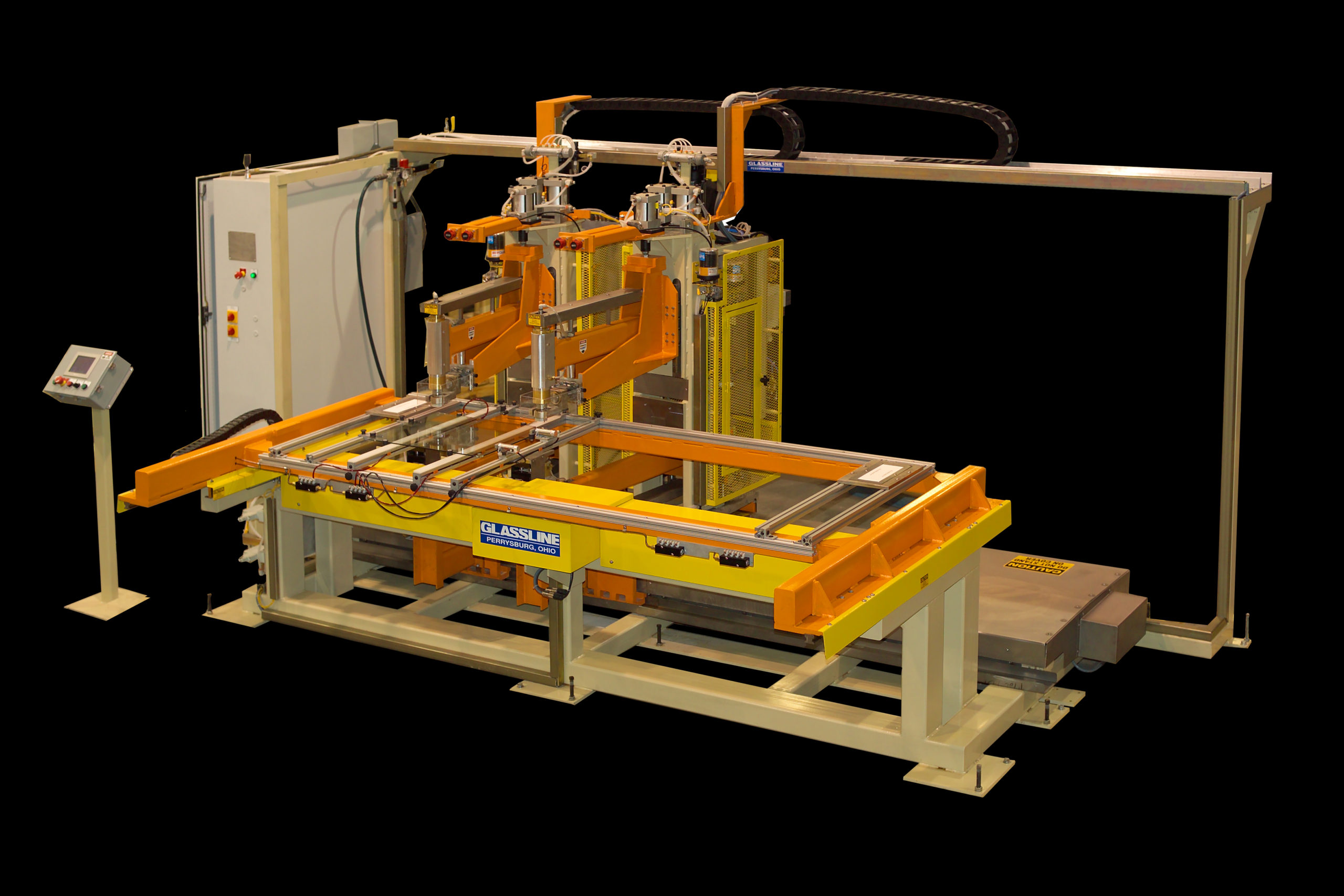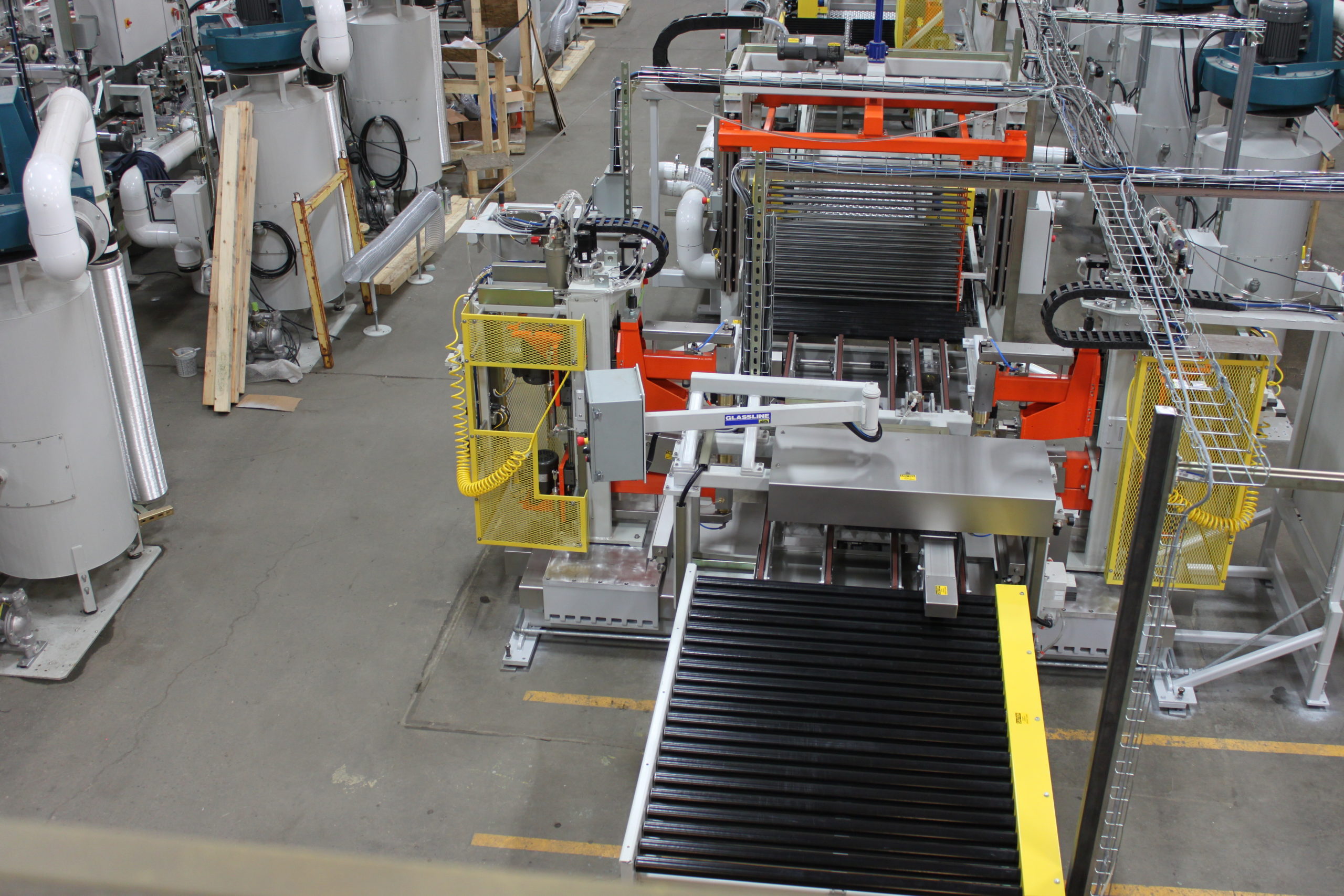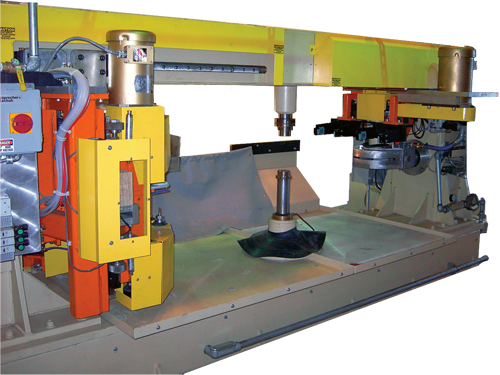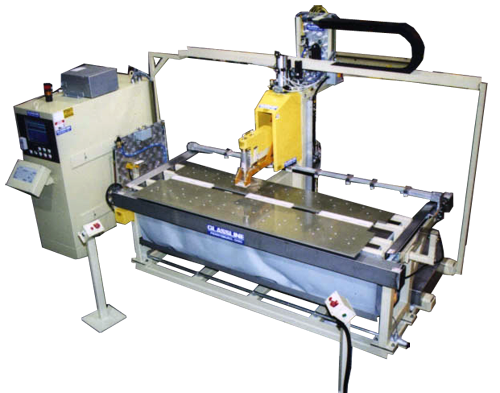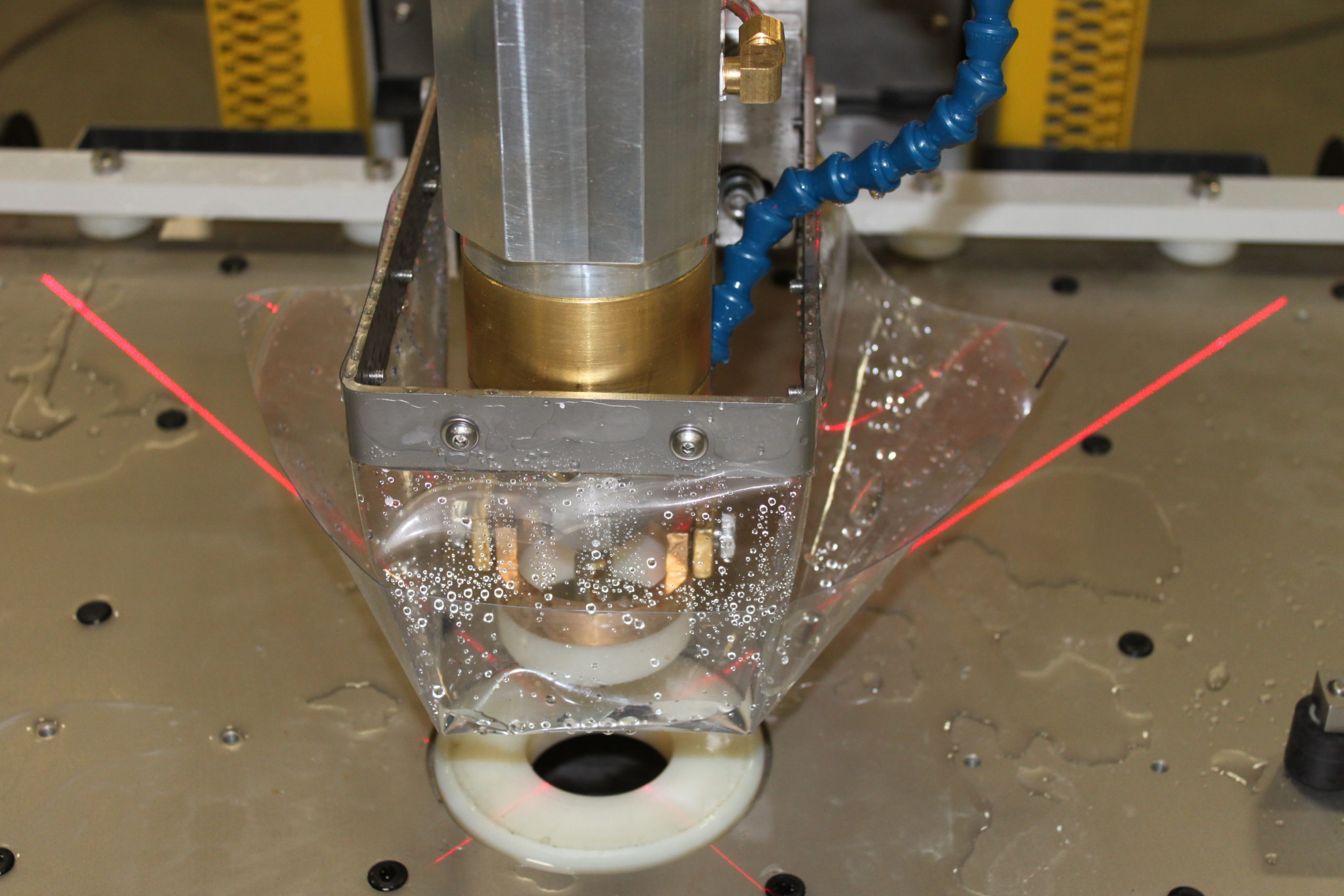
- HOME
- Product Lines
- Complete Glass Processing Lines
- Machines
- Loaders/Unloaders
- CNC Glass Cutting Machines (Linear Motors)
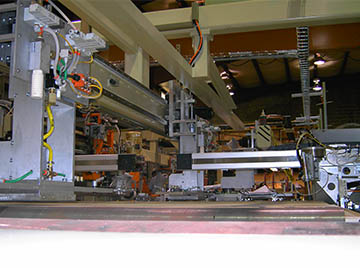 Breakout Machines
Breakout Machines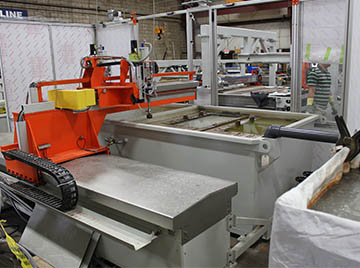 Waterjet Glass Cutting Machines
Waterjet Glass Cutting Machines- Glass Slitting Machines
- CNC Edge Grinding and Seaming Machines
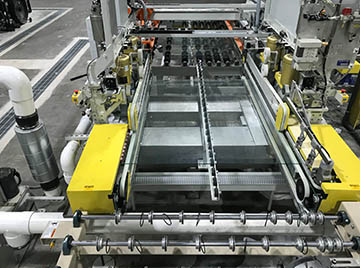 Rectangular Glass Edging/Seaming Machines
Rectangular Glass Edging/Seaming Machines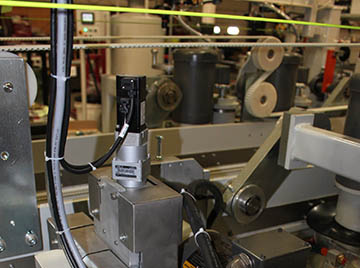 Edge Deletion Machines
Edge Deletion Machines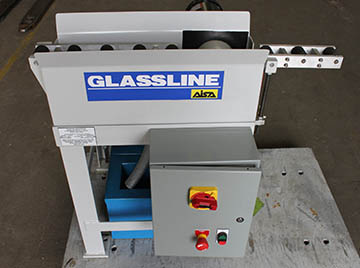 Manual Grinding Machines
Manual Grinding Machines- Drilling Systems for Glass
- Tool Cones
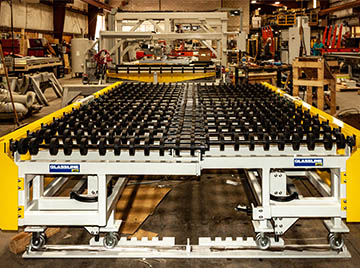 Laminated Glass Machines
Laminated Glass Machines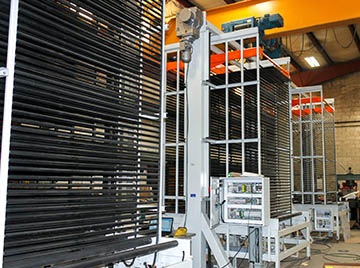 Material Handling Machines
Material Handling Machines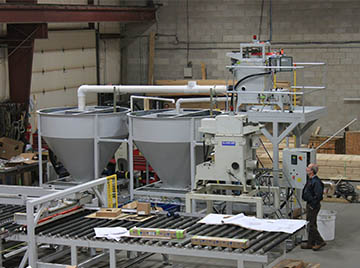 Centrifuge Filtration Systems
Centrifuge Filtration Systems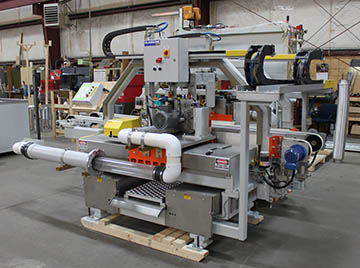 Other Special Glass Machines
Other Special Glass Machines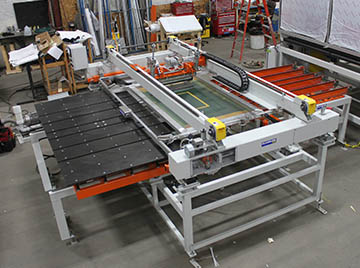 Silkscreen and Drying Printing Machines
Silkscreen and Drying Printing Machines- Automatic Tin Surface Detector
- Diamond Tooling
- Clearance Machinery
- Industries
- Accessories & Parts
- News
- Careers
- About Us
- Contact Us

